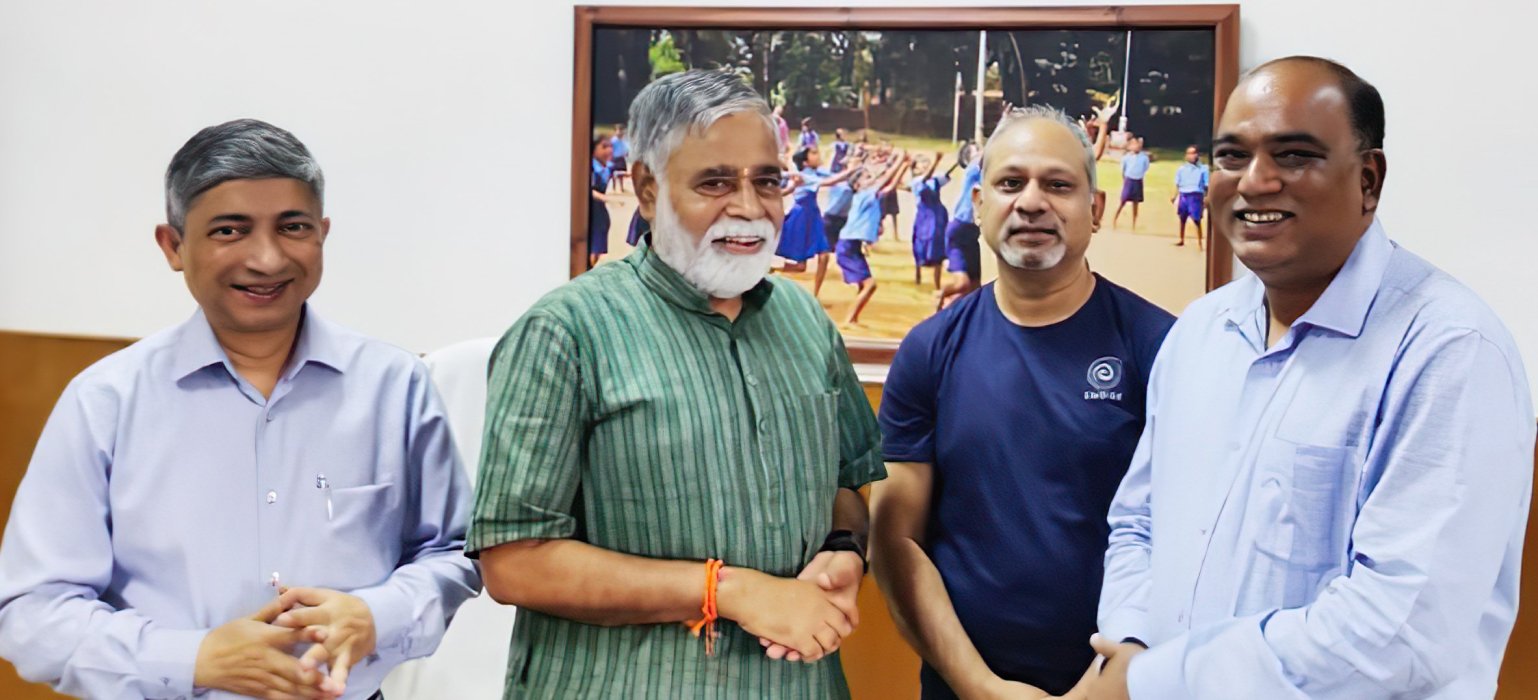 Previous Article
Previous Article

Published on 16 Jun 2022
Pune: With students having become familiar with online teaching over the past two years of the pandemic, more than 230 Gram Panchayats in the state that do not have zilla parishad schools nearby have partnered with a private company to help their students gain access to the highest quality digital education that any mobile application (app) can afford.
With this collaboration, more than 53,000 students from Classes 6 to 12 studying in various Hindi and Marathi medium schools will access the highest quality digital education that can be accessed through any mobile device.
The mobile app will include authentic 3D learning content in Marathi, Hindi and English, covering all of science and mathematics for Classes 6 to 12. The app will also cater to students preparing for competitive engineering and medical entrance exams.
Nitin Khetmalis, sarpanch of Mirajgaon village, said, “Our students have to go to big cities like Mumbai or Pune to get quality education and guidance. Not everybody can afford that. This partnership will benefit every student from our village, regardless of socio-economic background. We really appreciate the efforts to create a high-quality digital learning app for our Hindi and Marathi medium students”.
Aditi Avasthi, founder and CEO of EMBIBE, which has developed the mobile app, said, “We are excited to partner with gram panchayats all across India to take high-quality learning in nine major regional languages to the remotest parts of the country. Our mission is not to leave any child behind regarding something as fundamental as a high-quality education in their language of learning. Technology can truly democratise education for all children in India and remove access barriers like language, location and affordability.”
“In recent months, our company has taken on board 2,093 Gram Panchayats which cover 873 villages that do not have schools where students are travelling to nearby villages for schooling. This partnership is going to benefit and change the lives of more than 9 lakh students in the villages covered till date,” she said.